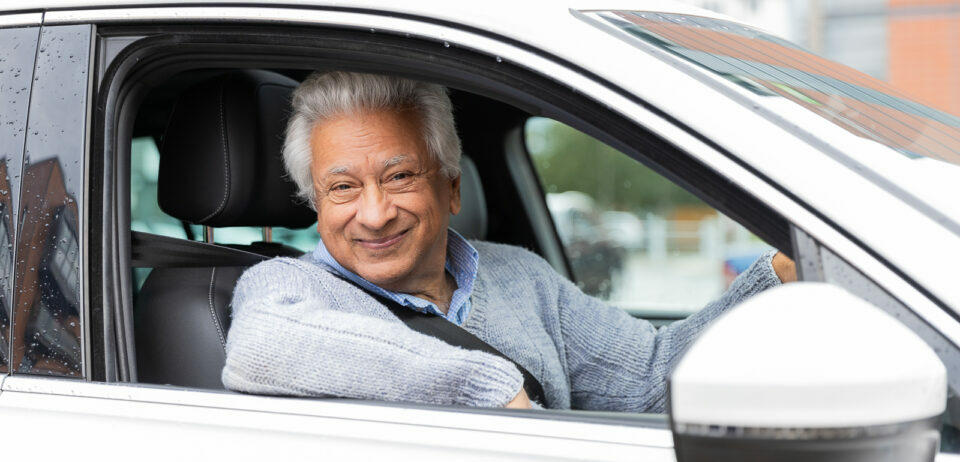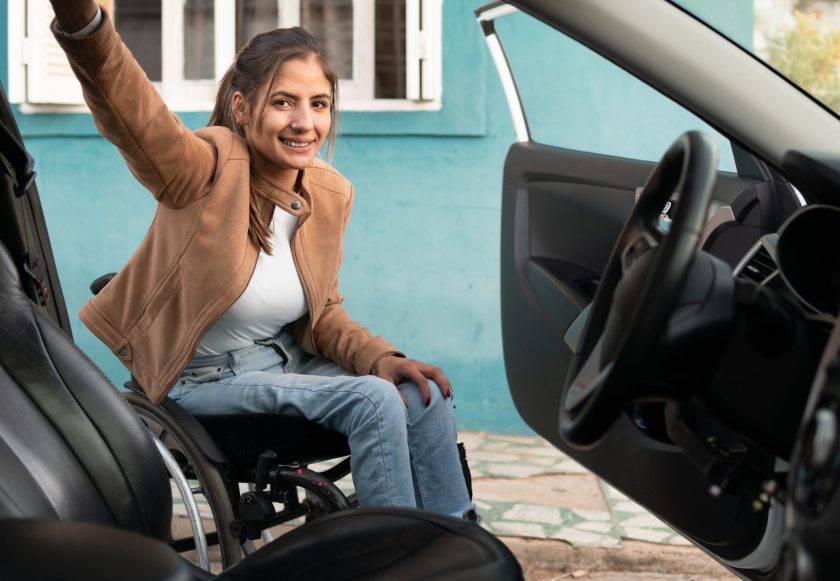
Policy background
Car travel is a lifeline for many disabled people. Government statistics show that, like non-disabled people, disabled adults made almost two-thirds of all trips by car in 2021. However, disabled adults make a higher proportion of journeys as car passengers than non-disabled adults (19% compared with 12%), and we make slightly fewer trips as drivers (42% compared with 48%) (Department for Transport).
- 28% of disabled adults live in households which don’t have access to a car, compared with 15% of non-disabled adults (Department for Transport)
- In 2021 only 61% of disabled adults had a full driving license, compared with 80% of non-disabled adults (Department for Transport)
- In 2019/20, 2.15 million people were automatically eligible for a blue badge, yet only 46% of those people held a badge (Department for Transport)
Barriers
- 40%
- face prohibitive costs for the vehicle, fuel, and adaptations.
- 38%
- experience a lack of parking for disabled people.
- 36%
- experience traffic as a barrier.
- 27%
- say the state of roads, including potholes, is a barrier.
Difficulty finding a driver was the most common barrier, with 43% of people saying they could not or did not drive, and were often unable to find someone who could. Around half of respondents said that they exclusively or primarily used the car as a passenger, with only 36% saying they mainly drove themselves. These findings suggest that, despite relying on the car due to access barriers on public transport, many disabled people are regularly left without the necessary support to use it.
As well as finding a driver, many disabled people face barriers to finding a suitable vehicle. 17% of respondents said that they could not access a vehicle that met their needs, or that they struggled to get in and out of their car independently. For some participants, the cost of an appropriate or adapted vehicle was too high, or there didn’t seem to be a suitable design at all. An additional 7% reported a lack of instructors and assessments for those using adapted vehicles.
40% of respondents faced financial barriers to car travel, encompassing both our higher living costs and the costs of a vehicle, tax, and fuel. The vehicle adaptations used by 37% of those surveyed can add thousands to the already mounting costs.
There is a tax exemption in place for vehicles used by disabled people to help mitigate these barriers. However, 12% were unaware of whether they had a disabled tax class vehicle or not, suggesting that there is either not enough awareness of this exemption, or that there are other barriers to accessing it.
The Motability Scheme also seeks to mitigate financial barriers to driving by allowing disabled people who receive the higher mobility component of PIP or DLA to lease a suitable vehicle using this allowance. However, there are significant barriers to accessing the Motability scheme and the benefits required to qualify for it66. This once again leaves many disabled people to pay out of pocket for vital (and expensive) adaptations.
A lack of spaces for disabled people to park is a significant barrier to driving and was the third most frequently reported issue for this mode (38%).
In the absence of an accessible space, disabled people reported having to park a long way from our destinations, increasing journey time and walking distance. This distance was a barrier for 32% of respondents. This is a particularly concerning issue given how many participants use the car precisely because it allows us to make door-to-door journeys and reduces the walking distance.
People with larger, adapted vehicles such as wheelchair accessible vehicles (WAVs), also told us about issues with finding a space big enough, especially in the absence of enough Blue Badge parking bays.
For disabled people, traffic and the policies around it can be extremely divisive issues. While 36% said that traffic is a barrier for them, traffic reduction measures like Low-Traffic Neighbourhoods, road user charging policies such as congestion zones, and one-way systems were also barriers for 23% of respondents.
This suggests that while measures must be taken to reduce traffic, that these measures must also account for the access needs of disabled people, or they can end up replicating the very problems they seek to address, as well as creating new ones.
This reflects findings from our previous research into Low Traffic Neighbourhoods, which demonstrated the divided opinion and diversity of experience among disabled people around car reduction measures. Respondents reported a range of examples of how traffic impacted them, including that extended time sitting down can cause pain, inflammation, and exhaustion, while increasing exposure to air pollution for both those inside and outside of the vehicle. It can also prevent people from attending to other vital needs, including going to the toilet and taking medication.
People also told us about examples of traffic reduction initiatives that have had a negative impact, saying that the need to navigate around Low Traffic Neighbourhoods has increased their journey times, caused them to sit in traffic for longer, and forced them to make unexpected diversions. Participants also reported that measures like speed bumps can cause serious pain, especially for those with spinal injuries.
27% of respondents said that potholes, road works, and badly maintained surfaces made traveling by car inaccessible. As well as forcing people to take unexpected diversions and increasing journey time, irregular surfaces can cause serious pain for some. Many essential facilities also exclude disabled people, with 11% saying that service stations lacked accessible facilities such as toilets, and 12% of disabled drivers saying that fuelling and EV charging points were inaccessible to them.
Our research and work on car travel
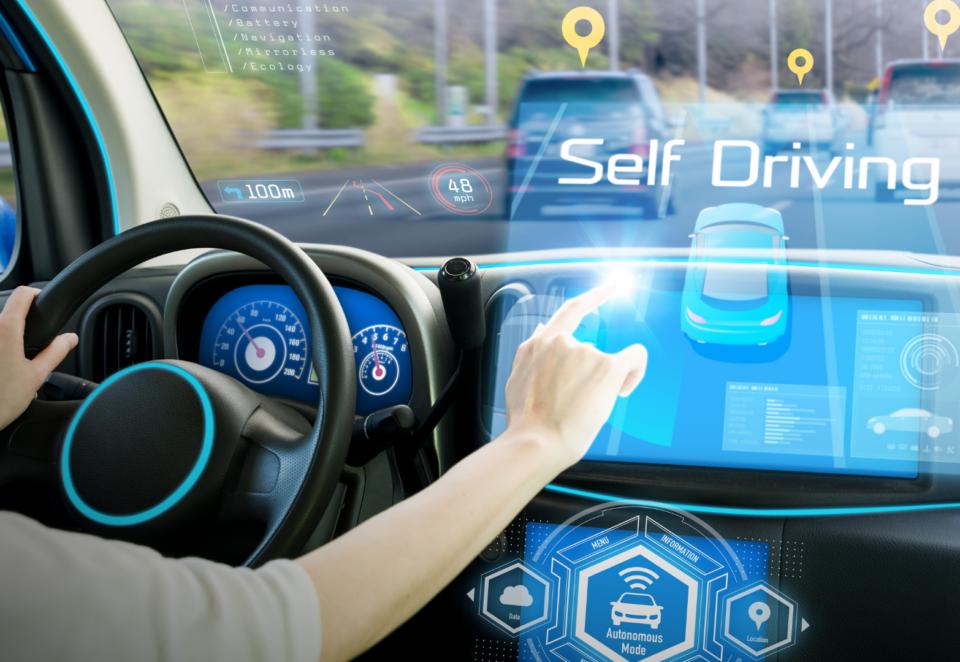
Self-driving cars: the future of accessible transport, or a turn for the worse?
Self-driving cars: a closer look at what could go right, what could go wrong, and what we need to do to make sure that disabled people benefit from technology that’s being built in our name.
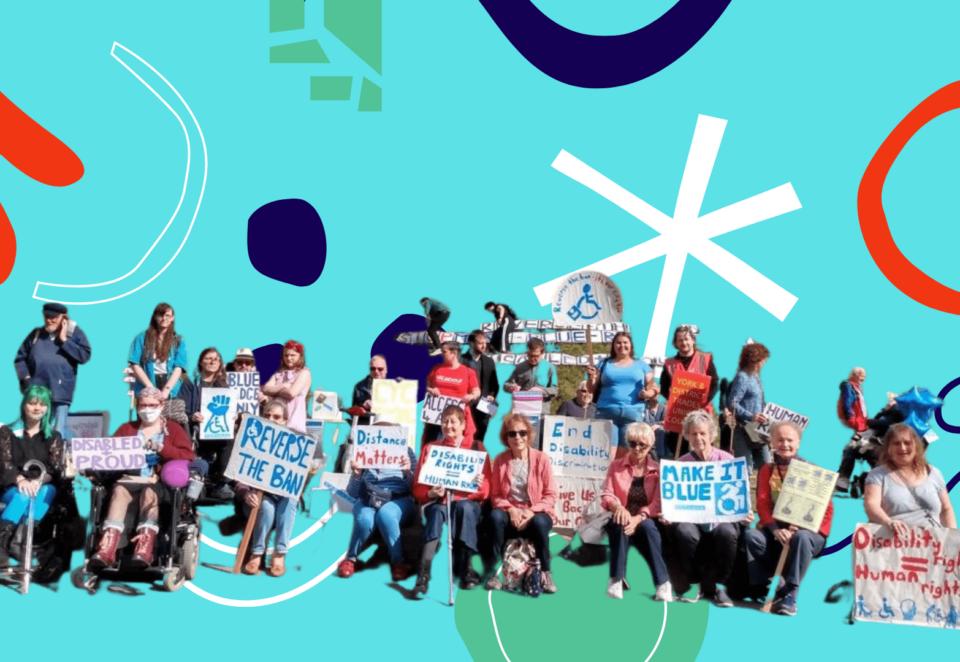
Access Problems in York
Flick, Transport for All member and retired Disability Equality Trainer, blogs about her campaign to ensure Blue Badge holders can still access York city.

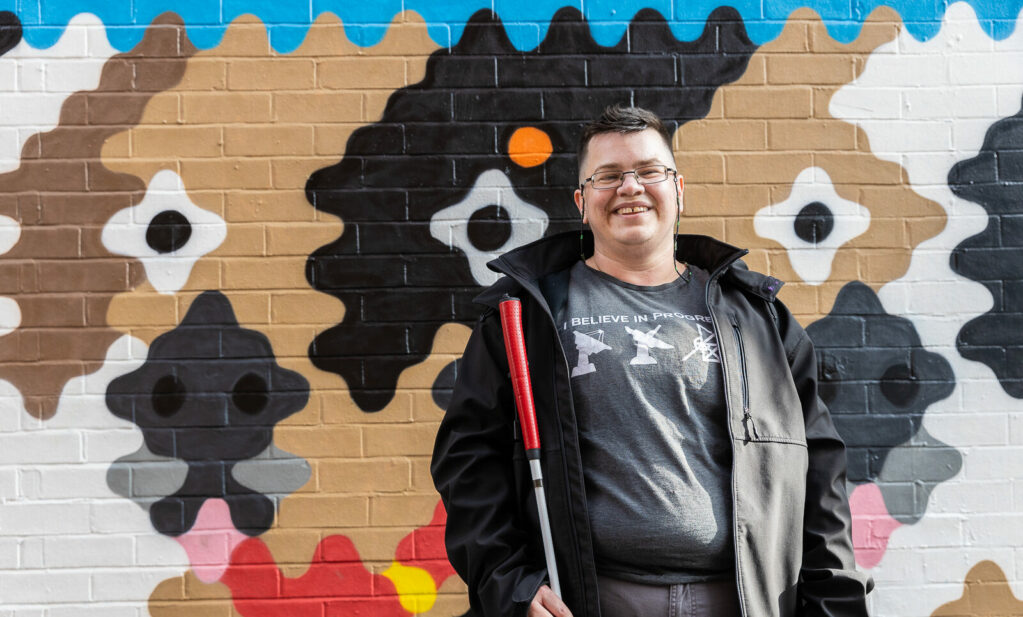
Support us
We can't do this without your support. Take action, give what you can, or sign up as a member - and join our movement of disabled people fighting for a better future.
